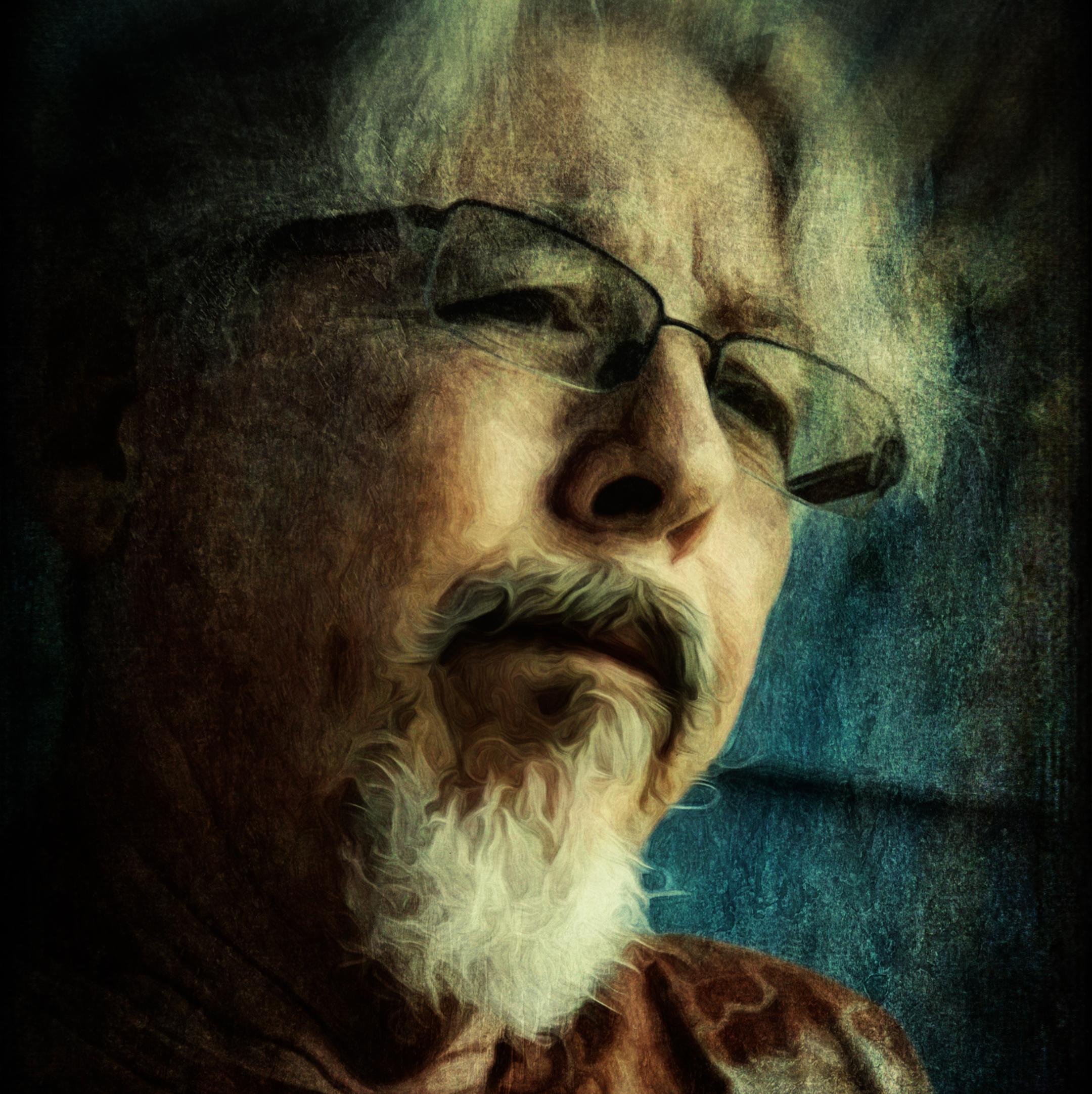
James Baxter
/Born 1949/
Born in Durham, North Carolina, in August 1949, James Baxter spent his youth in rural southwestern Georgia and moved to Atlanta, Georgia, as a young man in the 1960s. He attended the University of Georgia, where he studied Anthropology. A third-generation artist, Baxter comes from a large family—both personal and tribal—of artists, photographers, and sculptors who deeply influenced his creative development.
The spirit of his art is shaped by his strong connection to his Lenni-Lena’pe and Scots-Irish heritage, as well as by a lifelong study of modern and ancient civilizations—their religions, philosophies, and artistic traditions.
He began formal training in sculpture in 1971, apprenticing under Walter (“Blackie”) and Michael Collins, where he studied the art of creative knife-making. By the mid-1970s, he expanded into traditional sculpture, working with wood, stone, metal, bone, and various found natural materials.
Among his most recognized concepts are the Rim Dwellers—a sculptural series inspired by the Manetuwak, spiritual beings said to live on the edge of the world in the first of twelve heavens. These guardian spirits, believed to influence human lives, are depicted in his unique paintings on animal vertebrae. Each “Rim Dweller” represents a guiding spirit residing alongside us—just beyond the limits of human vision—accompanying us on our journey toward the twelfth heaven with Kishelemu’kong, the grandfather of all.
To date, more than 150 of these unique creations have found homes worldwide in private, corporate, and public collections in both the United States and Europe.
By the early 1980s, Baxter had expanded his repertoire to include painting in acrylics, pastels, watercolors, and mixed media. His works often draw from years of contemplation, depicting figures and symbols in mystical landscapes that evoke the supernatural and tribal shamanism.
In 1988, he resumed formal study under Dr. Joseph Perrin, Professor Emeritus, Chairman, and Founder of the Georgia State University School of Art and Design. Over the course of five years, Dr. Perrin, a celebrated painter and sculptor himself, worked closely with Baxter to refine his physical techniques and deepen his creative mindset. Around the same time, Baxter also developed a lasting friendship and artistic dialogue with William Sauts Bock of Allentown, Pennsylvania—one of his tribe’s most renowned visionary artists—whose works are held in museums, private collections, and U.S. embassies worldwide. That friendship continues to this day.
In the mid-1990s, with the rise of powerful personal computers and the dawn of digital photography, Baxter once again embraced a new artistic direction. Combining photography and digital tools, he began creating art on the computer. Fascinated by the endless possibilities of the medium, he gradually focused more on digital art, though he continues to produce works in traditional media.
“The excitement generated by the possibilities of this new direction has opened doors of opportunity I never thought possible,” Baxter reflects. “Now, as I cross my 75th year, I see continued growth in my creative abilities. I hope one day my work will merge visual art, performance, and music into a complete artistic and spiritual experience for the mind and senses.”
“As a person today, I am defined by my work. My life is art, and all my thought processes are expressed through it.”